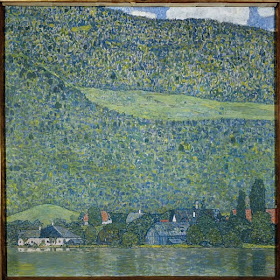Ai Weiwei still missing

Firstly, by way of update, following on from my report here, there has still been no sign of Ai Weiwei since he was detained at Beijing airport at the beginning of April.
Still little information is available. All the police have said is that he is under investigation for economic crimes. However, his family have not been notified of his detention, as is said to be usual.
It is worth remembering that such blatant violations of basic human rights continue to take place around the world.
Meanwhile in the Forbidden City
 A man has been arrested after thieves managed to break in and steal several pieces of art from a temporary display in a museum in the Forbidden City in Beijing. A couple of pieces were subsequently recovered nearby, however it does not appear that the arrest has lead to the recovery of the rest of the works.
A man has been arrested after thieves managed to break in and steal several pieces of art from a temporary display in a museum in the Forbidden City in Beijing. A couple of pieces were subsequently recovered nearby, however it does not appear that the arrest has lead to the recovery of the rest of the works.While the Forbidden City will now no doubt bulk up their security, because the works in question were on loan from the Liang Yi Museum in Hong Kong, it remains to be seen is whether the incident nevertheless has an effect on art works being loaned to China by foreign galleries and museums.
New Nazi art recovery website
In addition to the tools discussed here, here and here, further to the international collaborative efforts of the UK National Archives, the French Diplomatic Artive Center, the Central State Archive of Ukraine, the Belgian State Archives, the Commission on Looted Art in Europe, the Claims Conference, the US Holocaust Museaum, the US National Archives, the German Historical Museum and the Federal German Archives, records of artworks are now available through the International Research Portal.
The collaboration is was established to fulfill the 1998 Washington Conference Principles on Nazi-Confiscated Art, the 2000 Vilnius Forum Declaration and the 2009 Terezin Declaration, in particular on the importance of making all records of Nazi-confiscated art publicly accessible.
Let us hope that the portal improves the location and return of looted and/or lost art to its rightful owners.
A success story
Last month a holocaust survivor had a Gustav Klimt painting, that had belonged to his grandmother before she was arrested by the Nazis and deported to a concentration camp during the Second World Warm, returned.
Back in 1941, Georges Jorisch's grandmother had a collection of Klimt paintings which were seized after her arrest. Jorisch tracked one of those paintings, Litzlberg am Attersee, to the Salzburg Museum which had acquired it in 1944.

In quite a rare move, of which there are unfortunately not enough, the museum accepted that the painting should be returned to its rightful owner.
Origami copyright case
An anonymous reader has helpfully alerted me to an interesting complaint filed, at the end of April 2011 in the US District Court of the Northern District of California by a group of six artists seeking damages for copyright infringement from another artist.
The plaintiffs claim to be experts in origami, and it is the copyright in their origami models that they allege has been infringed. Specifically, it is claimed that the so-called “crease patterns” created and published by the plaintiffs for their some of their origami models have been copied. As the complaint explains: “The lines of a crease pattern represent the folds needed to create a three-dimensional origami model from a sheet of paper, but the intricacy of these geometric diagrams gives crease patterns their own aesthetic appeal. Crease patterns thus lend themselves to derivative works, such as colorized versions.”
The defendant is Sarah Morris, an internationally known painter and film maker, who debuted a set of 37 paintings entitled the “Origami series” in 2007, which has now been exhibited around the world. A plaintiffs allege that a large number of the Origami series painting are based on their origami designs and Morris has merely transferred the crease patterns to canvas and applied paint to the spaces between the lines.
Comparisons of the crease patterns and Morris' works are exhibited to the complaint, and include the following:

 More examples can be found here.
More examples can be found here.Any thoughts on the merits of the claim? Do the origami artists have a good claim?
No comments:
Post a Comment